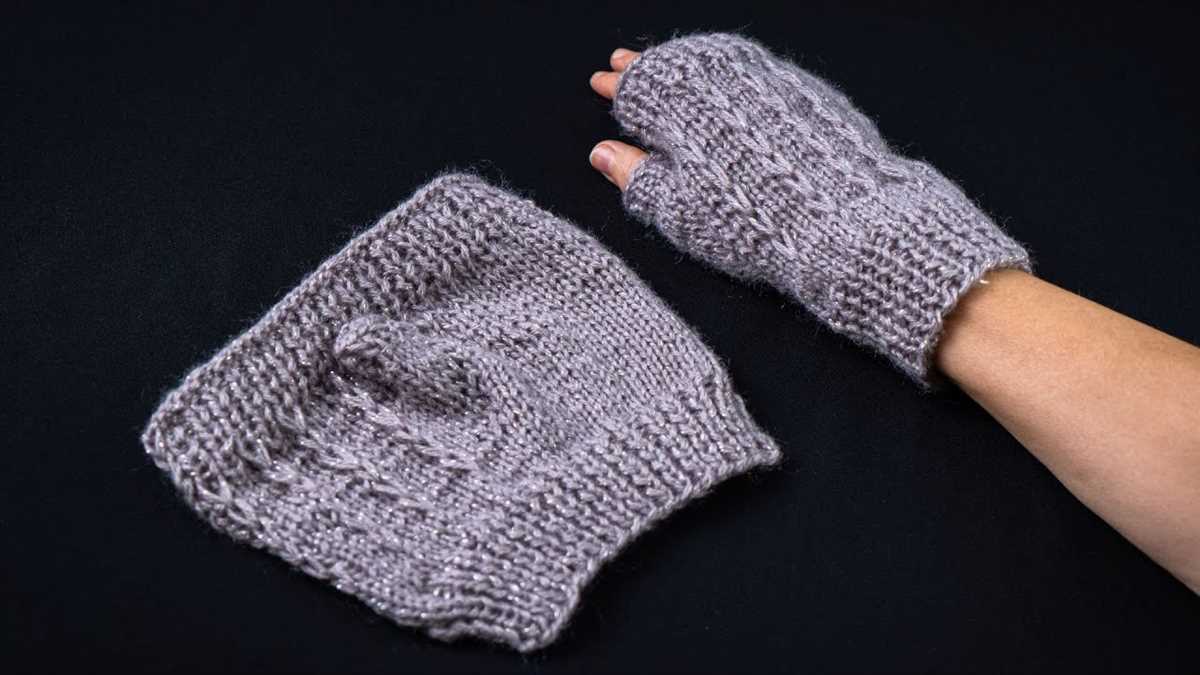
Knitting is a versatile and creative craft that allows you to create beautiful and unique pieces of clothing and accessories. One of the key elements in knitting is the number of stitches that you cast on. While many patterns call for an odd number of stitches, there are also plenty of patterns that require an even number of stitches.
Knitting patterns with an even number of stitches can create symmetrical designs that are pleasing to the eye. They often involve techniques such as ribbing, cables, and colorwork, which can add texture and visual interest to your project. Whether you’re a beginner looking for a simple scarf pattern or an experienced knitter looking to challenge yourself with a complex sweater design, there are plenty of options available for knitting patterns with an even number of stitches.
One of the advantages of knitting patterns with an even number of stitches is that they are often easier to memorize and follow along. Since the pattern repeats evenly across each row, it’s easier to keep track of where you are and make adjustments if needed. This can make the knitting process more enjoyable and less stressful, especially if you’re working on a larger project.
So, whether you’re looking to create a classic sweater, a cozy blanket, or a stylish hat, consider exploring knitting patterns with an even number of stitches. With so many options available, you’re sure to find a pattern that suits your skill level and personal style.
Basic knitting stitches for even number of stitches
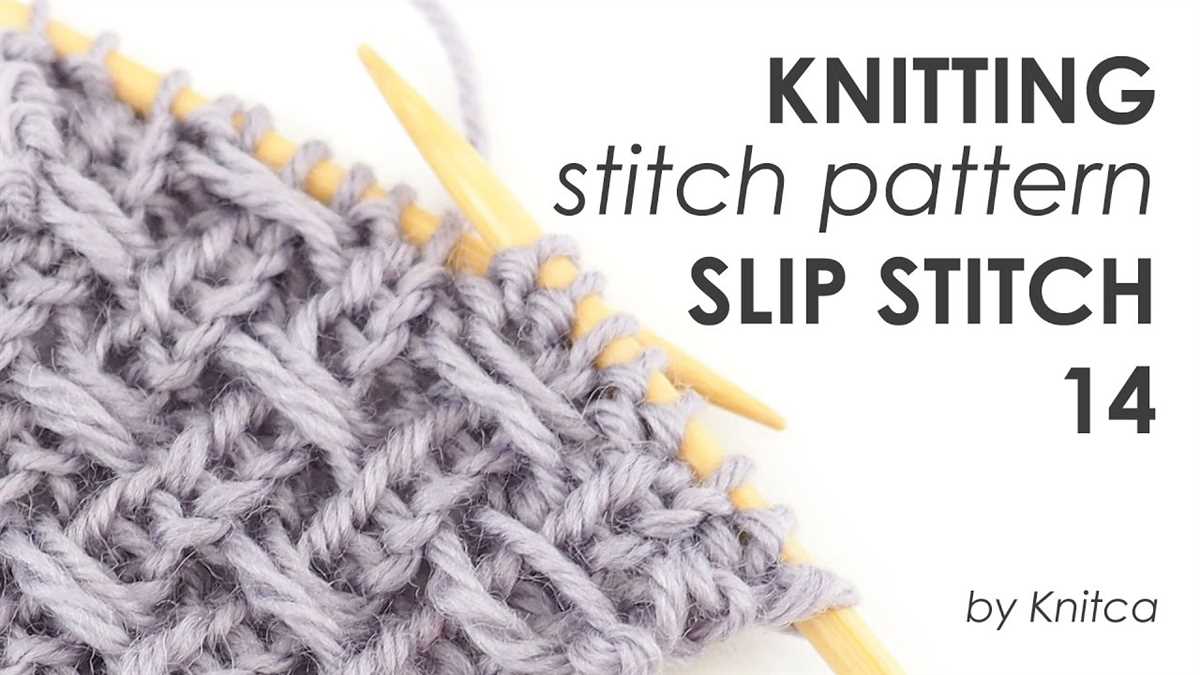
In knitting, there are a variety of basic stitches that can be used when working with an even number of stitches. These stitches create different textures and patterns in your knitted fabric, allowing you to create unique and beautiful designs. Here are a few commonly used basic stitches and patterns you can try:
Stockinette Stitch
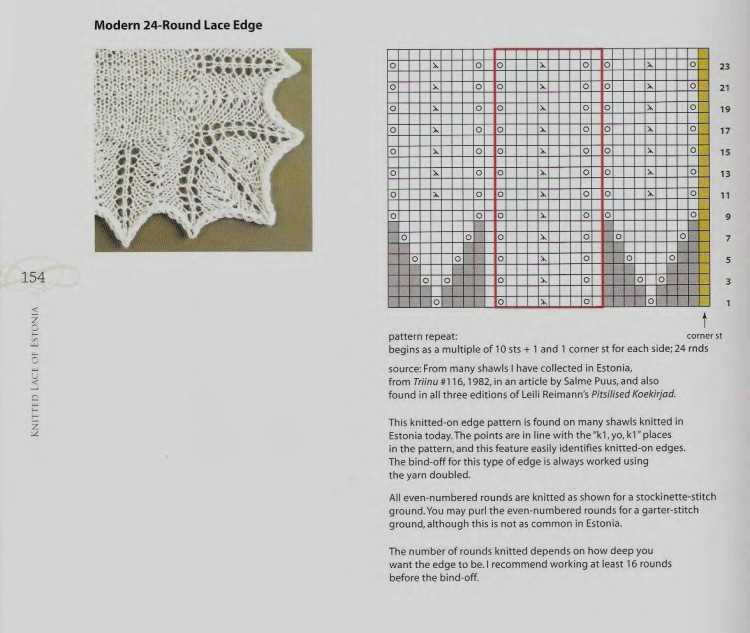
The stockinette stitch is one of the most basic and versatile stitches in knitting. To create this stitch, simply alternate between knitting one row and purling the next row. This produces a smooth and flat fabric with a distinct right (knit) and wrong (purl) side. The stockinette stitch is commonly used for garments, scarves, and other knitted items.
Garter Stitch
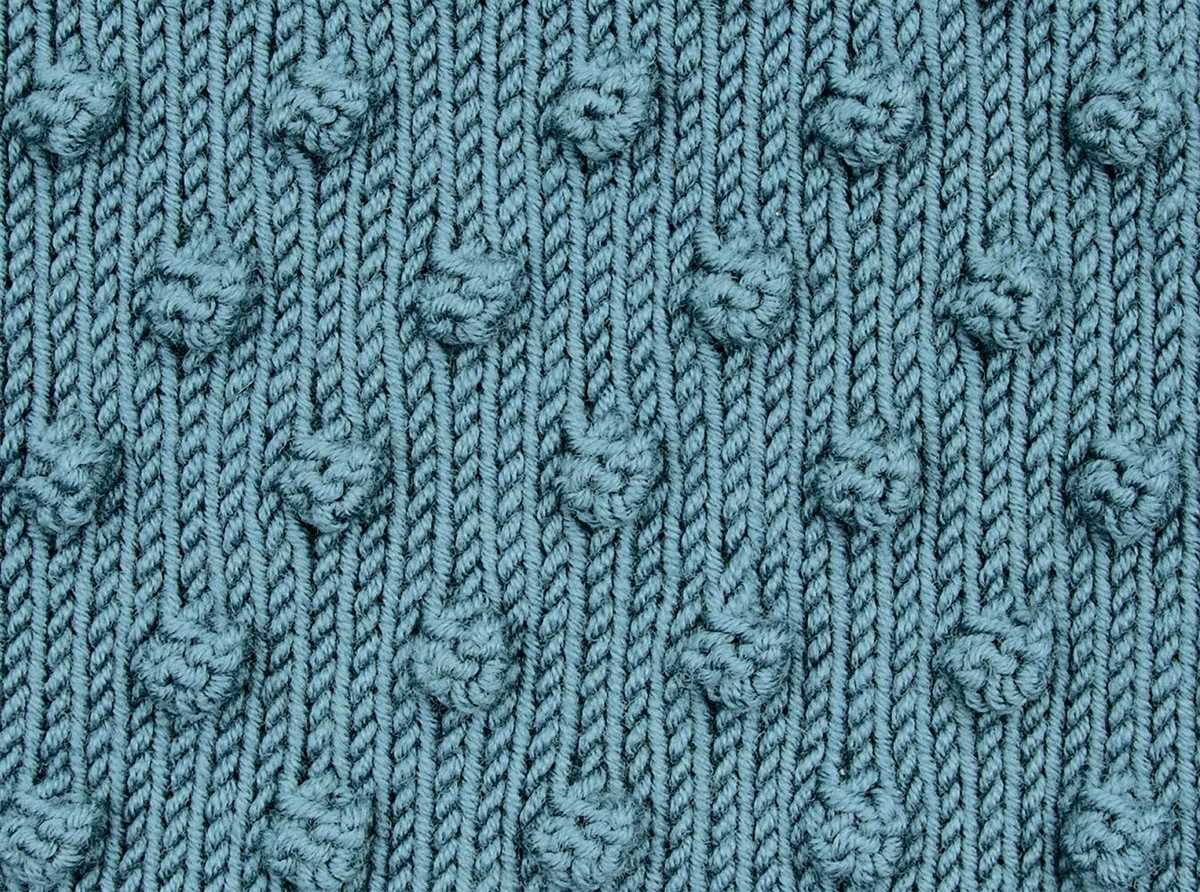
The garter stitch is another simple and popular knitting stitch. To create this stitch, simply knit every row. This results in a fabric with ridges that run horizontally, making it reversible and stretchy. The garter stitch is often used for blankets, scarves, and borders.
Ribbing
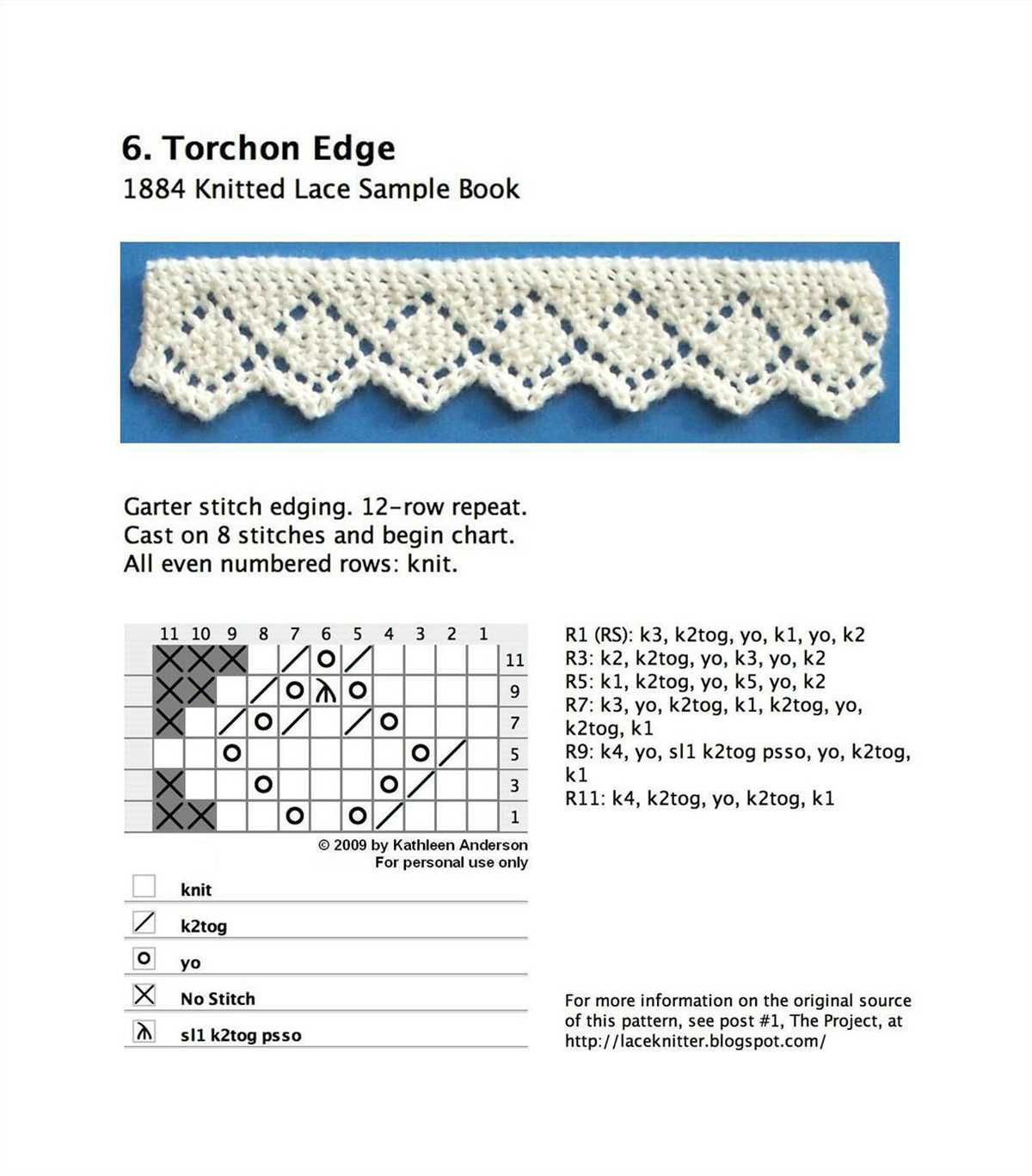
Ribbing is a textured stitch pattern that is often used for cuffs, collars, and hems. It creates a stretchy and flexible fabric that is perfect for adding shape and definition to your knitted garments. Ribbing can be created by alternating between knit and purl stitches in a specific pattern, such as *K2, P2* for a classic 2×2 ribbing.
Moss Stitch
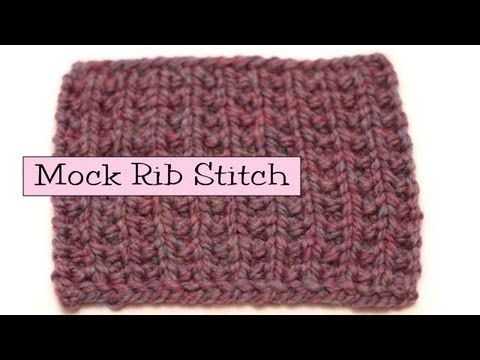
The moss stitch, also known as seed stitch, is a textured pattern that creates a fabric with small, raised bumps. To create this stitch, alternate between knitting one stitch and purling the next stitch in a repeating pattern. The moss stitch is commonly used for scarves, hats, and other accessories.
- These basic knitting stitches are just a starting point for your creativity. By combining different stitches and patterns, you can create endless variations of textures and designs in your knitting projects.
- Experiment with different needle sizes and yarn weights to achieve different effects and gauges in your knitting.
- Remember to always swatch and measure your gauge before starting a new project to ensure a proper fit and finished size.
Whether you’re a beginner or an experienced knitter, mastering these basic stitches will provide a solid foundation for your knitting skills. Have fun exploring different stitch patterns and creating beautiful hand-knit items!
Simple knitting patterns with even number of stitches
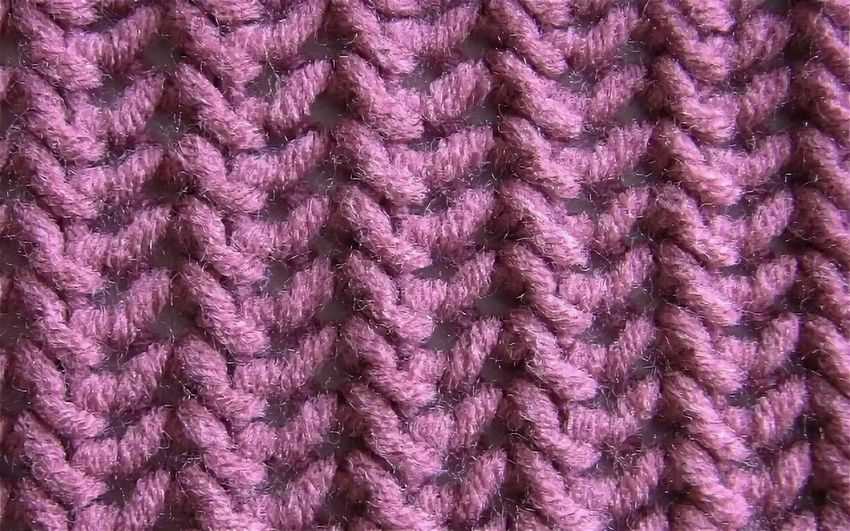
If you’re a beginner knitter or looking for a quick and easy project, working with an even number of stitches can simplify your pattern. With an even number of stitches, you can easily create symmetrical designs and textures. Whether you’re knitting a scarf, hat, or blanket, here are a few simple knitting patterns to get you started.
1. Garter Stitch Scarf
A garter stitch scarf is one of the easiest and most classic knitting projects. All you need is an even number of stitches and to knit every row. The result is a cozy and textured scarf that’s perfect for beginners.
2. Ribbed Hat
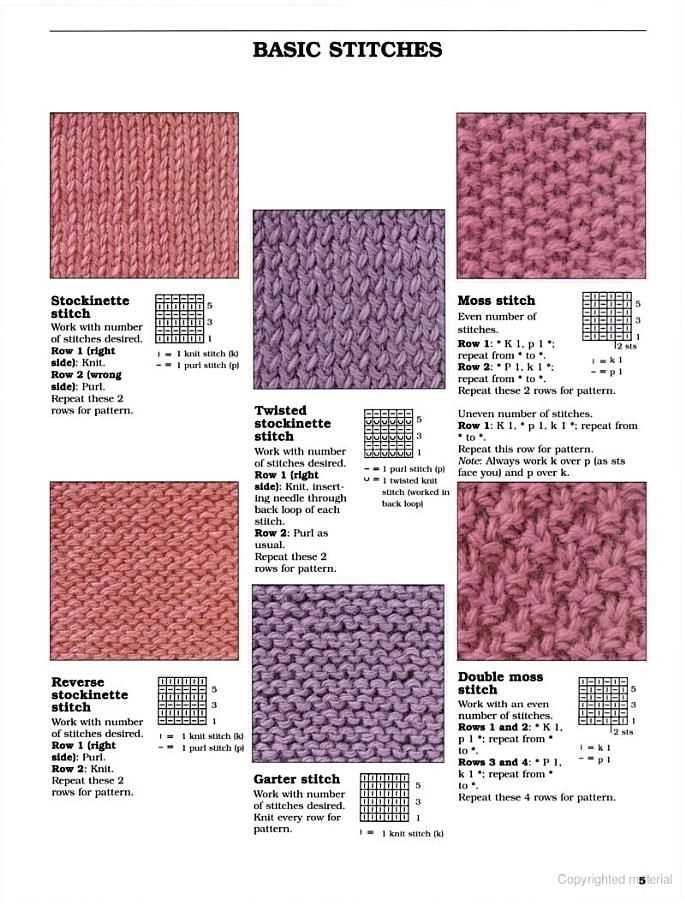
A ribbed hat is another great project for beginners. By alternating knit and purl stitches, you can create a stretchy and comfortable fabric. Using an even number of stitches, you can easily create a ribbing pattern that adds depth and texture to your hat.
3. Basketweave Baby Blanket
A basketweave pattern is a beautiful and timeless design that can be easily knit with an even number of stitches. By dividing your stitches into small blocks and alternating between knit and purl stitches, you can create a textured fabric that resembles a woven basket. Knitting a baby blanket using this pattern is a thoughtful and practical gift.
4. Herringbone Stitch Dishcloth
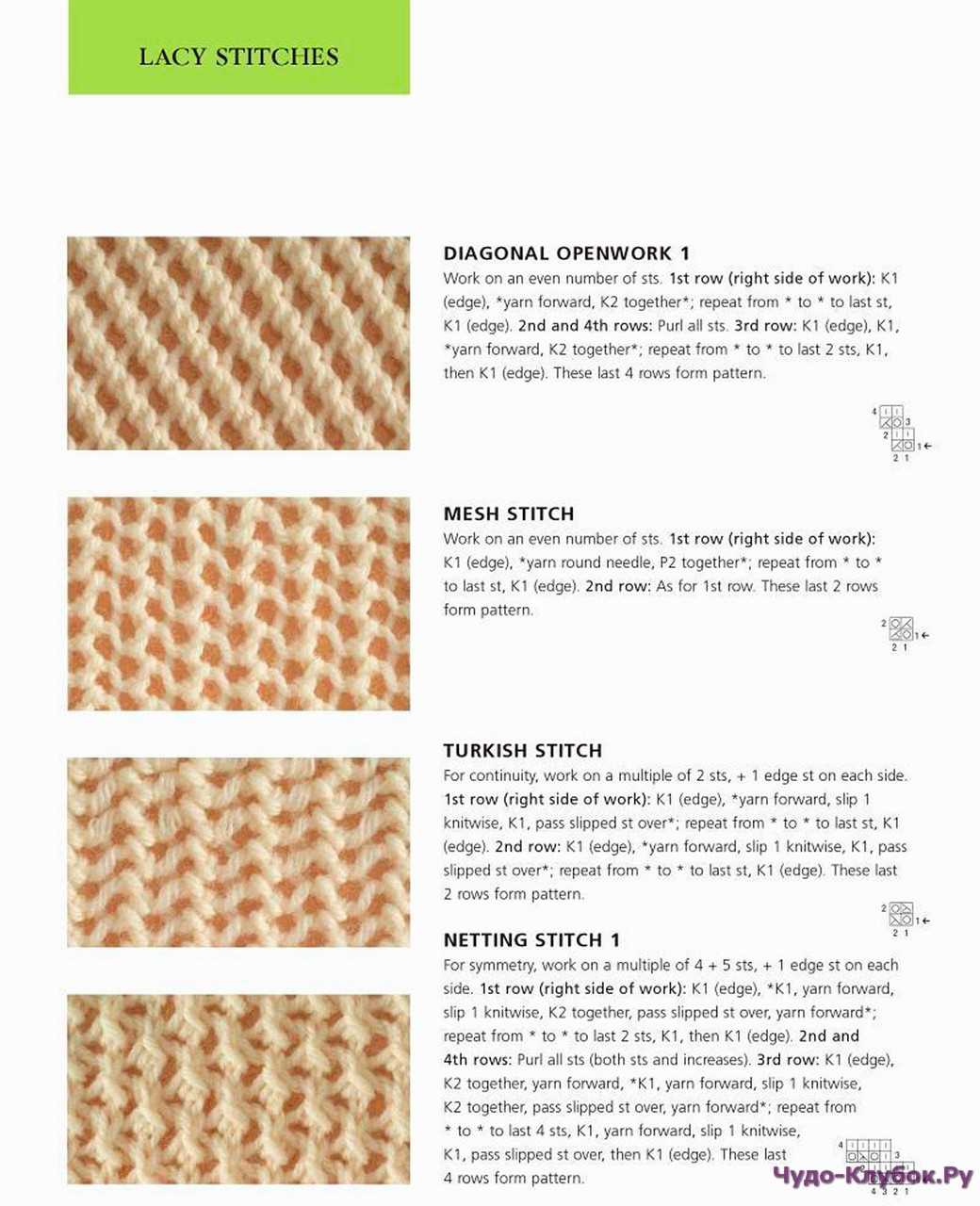
The herringbone stitch is a classic pattern that can be used to create a variety of projects, including dishcloths. By working with an even number of stitches, you can create symmetrical herringbone patterns that add a touch of elegance to your kitchen. A herringbone stitch dishcloth is a quick and practical knitting project.
These are just a few examples of simple knitting patterns that can be created with an even number of stitches. Whether you’re a beginner or an experienced knitter, working with an even number of stitches opens up a world of possibilities for creating beautiful and symmetrical designs.
Knitting patterns with ribbing using even number of stitches
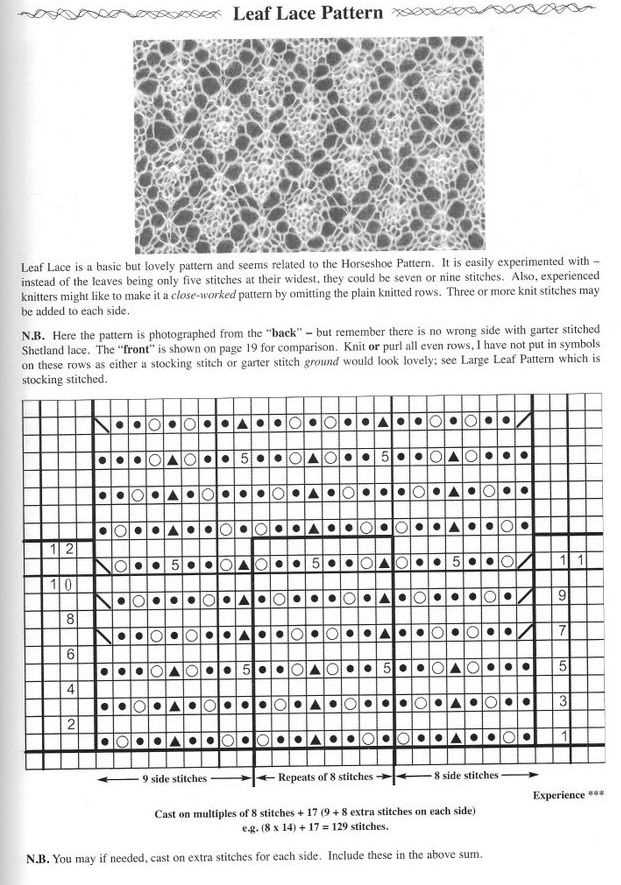
Ribbing is a popular technique in knitting that creates a stretchy and textured fabric. It is often used for cuffs, collars, and hems to add elasticity and structure to the garment. When working ribbing with an even number of stitches, there are various patterns and combinations that can be used to achieve different effects.
One common ribbing pattern with an even number of stitches is the 2×2 rib. This pattern alternates between knit and purl stitches, creating a ribbing that is made up of two knit stitches followed by two purl stitches. The 2×2 ribbing is often used for cuffs and hems on sweaters and hats, as it provides a nice balance between stretch and structure.
Another option for ribbing with an even number of stitches is the 1×1 rib. This pattern alternates between knit and purl stitches, creating a ribbing that is made up of one knit stitch followed by one purl stitch. The 1×1 ribbing is often used for collar edges and bands, as it lays flat and provides a clean finish. It is also a great choice for garments that require a subtle ribbing.
- 2×2 ribbing: knit 2, purl 2, repeat
- 1×1 ribbing: knit 1, purl 1, repeat
Lace knitting patterns for even number of stitches
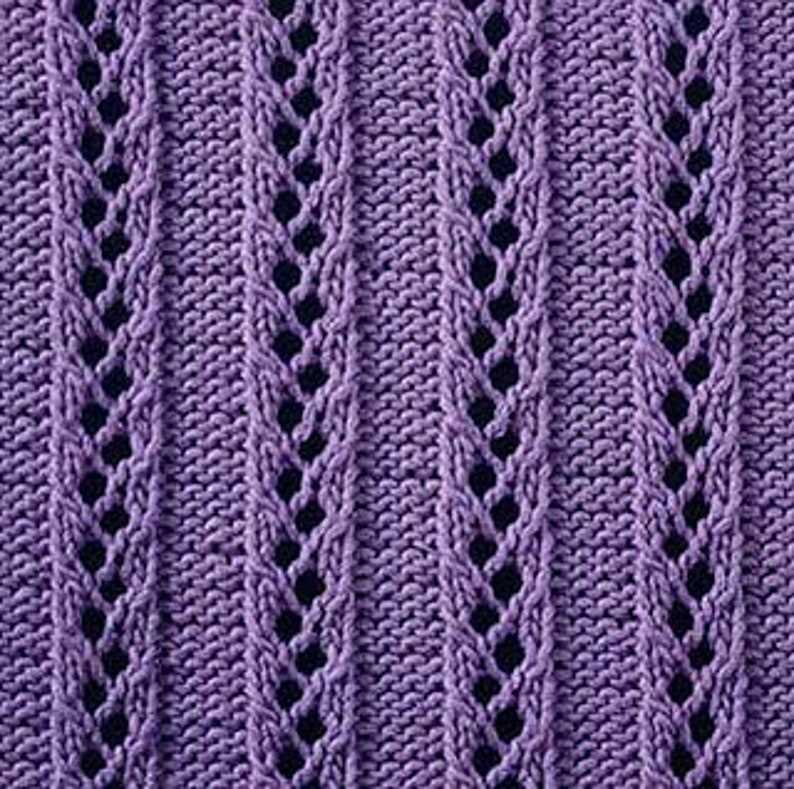
In the world of knitting, lace patterns are a beloved style for many knitters. They are elegant, delicate, and can add a touch of sophistication to any project. While lace patterns are often associated with odd numbers of stitches, there are also plenty of beautiful lace patterns that can be created with an even number of stitches.
One popular lace pattern that can be worked with an even number of stitches is the “Diagonal Lace Stitch.” This pattern creates a beautiful diagonal lace design that is perfect for scarves, shawls, or even sweaters. To knit this pattern, you will need to know how to work basic lace stitches such as yarn overs, decreases, and increases. The result is a stunning fabric with a lovely drape.
Another lace pattern that can be worked with an even number of stitches is the “Honeycomb Lace Stitch.” This pattern creates a textured design that resembles honeycomb, hence its name. It is a great option for blankets, pillows, or even an intricate lace sweater. The pattern involves a combination of lace stitches and twisted stitches to create a unique and visually interesting texture.
If you’re looking for a lace pattern that is versatile and can be worked with different yarn weights, try the “Feather and Fan Stitch.” This classic lace pattern can be adapted to suit any project, whether it’s a lightweight scarf or a cozy blanket. It is based on a series of decreases and yarn overs, creating a delicate fan-like design. The simplicity of the stitch pattern makes it perfect for beginners who want to try their hand at lace knitting.
In conclusion, lace knitting patterns with an even number of stitches offer a wide range of options for knitters. From diagonal lace to honeycomb and feather and fan stitches, there are plenty of beautiful designs to choose from. Whether you’re a beginner or an experienced knitter, these lace patterns are sure to enhance your knitting projects and add a touch of elegance to your creations.
Cable knitting patterns with even number of stitches
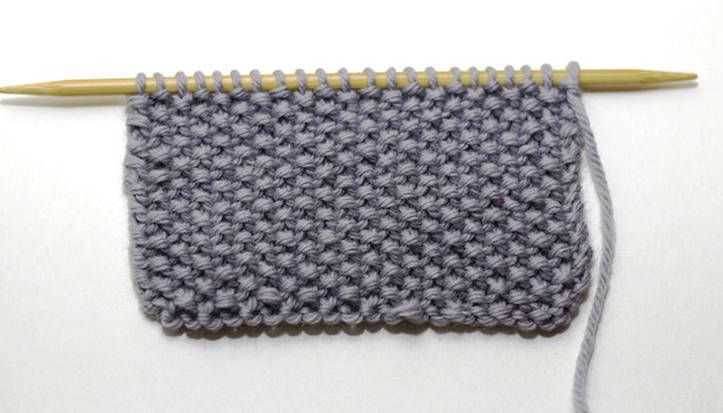
Cable knitting is a popular technique that creates beautiful textured patterns on your knitted fabric. With an even number of stitches, you can create a variety of cable designs that add depth and visual interest to your knitting projects.
One of the most common cable patterns with an even number of stitches is the simple 2×2 cable. This cable pattern consists of two stitches crossing over two stitches to create a twisted cable effect. To create this pattern, you will need a cable needle to hold the stitches while you cross them over each other.
If you’re looking for a more complex cable pattern, you can try the honeycomb cable. This pattern creates a bold and intricate design resembling a honeycomb or lattice. With an even number of stitches, you can create symmetrical honeycomb cables by crossing the stitches over multiple rows.
To add some flair to your knitting, you can experiment with different cable combinations and incorporate them into your projects. For example, you can create a braided cable by crossing multiple cables over each other. This creates a beautiful interlocking pattern that adds a touch of elegance to any garment.
Remember, when working with cable patterns, it’s important to keep track of your stitches and row counts to ensure an accurate and symmetrical design. Cable knitting requires a bit more attention and concentration, but the end result is definitely worth the effort!
————————-
Cable knitting patterns with an even number of stitches offer endless possibilities for creating unique and intricate designs. Whether you’re a beginner or an experienced knitter, there are many cable patterns to explore and experiment with.
- Twisted cables: One of the most basic cable patterns, twisted cables involve crossing two stitches over two others. This simple but visually striking pattern adds texture to your knitwear.
- Seed stitch cables: Combining seed stitch with cables creates a beautiful contrast between the textured background and the smooth cables. This pattern adds depth and interest to your knitting project.
- Rope cables: Rope cables are created by crossing multiple stitches over each other, creating the illusion of a twisted rope. This intricate pattern is perfect for advanced knitters looking for a challenge.
- Accordion cables: Accordion cables create a wavy, ribbed effect by alternating crossed cables with regular knit stitches. This pattern adds a unique and eye-catching element to your knitting projects.
- Fisherman’s rib cables: Fisherman’s rib is a thick and cozy stitch pattern that pairs well with cables. By combining the two, you can create a warm and luxurious textured fabric.
When working with cable patterns, it’s important to follow the pattern instructions carefully and use a cable needle or other method to hold the stitches as you cross them. With practice and patience, you can master cable knitting and create stunning projects with even number of stitches.
Colorwork knitting patterns using even number of stitches
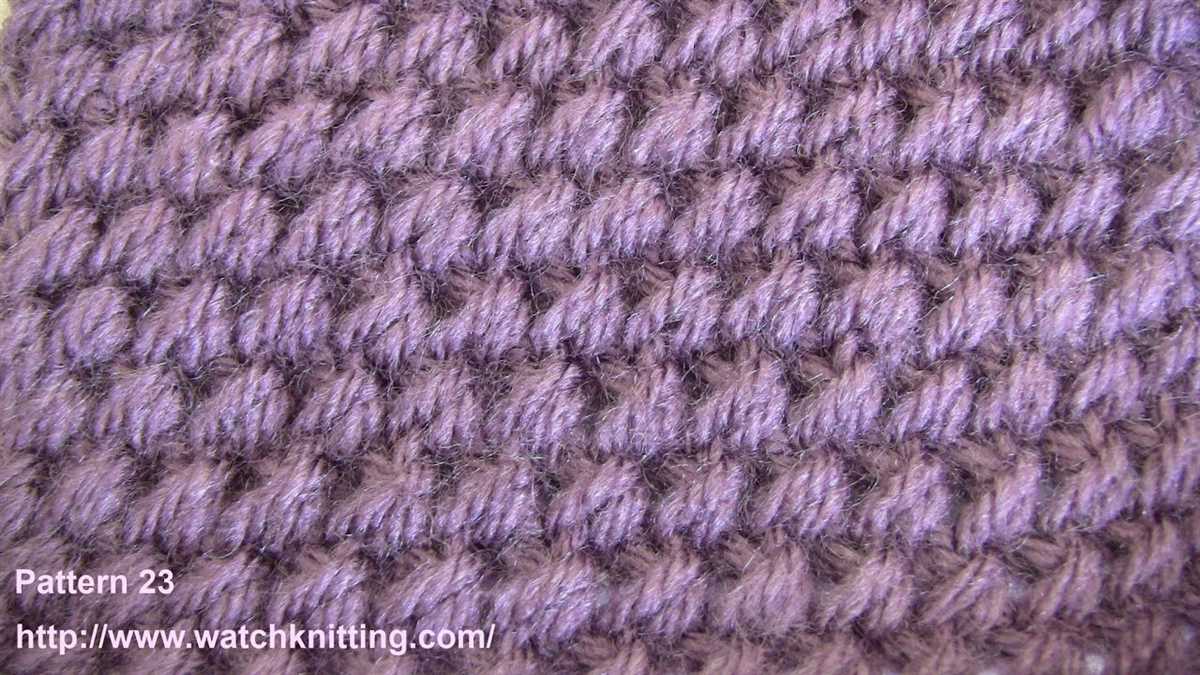
Colorwork knitting is a technique that involves using multiple colors of yarn to create beautiful designs and patterns in your knitted projects. When working with an even number of stitches, you have a variety of options for incorporating colorwork into your knitting.
One popular colorwork technique is known as stranded knitting or Fair Isle knitting. This technique involves carrying two or more colors of yarn across the back of your work while knitting with one color at a time. By choosing contrasting colors and working with an even number of stitches, you can create intricate geometric patterns or motifs in your knitting.
Another colorwork option for even stitch counts is slip stitch colorwork. With this technique, you can create intricate patterns using only one color at a time. By slipping stitches and working them on subsequent rows, you can create the appearance of multiple colors without actually knitting with more than one yarn at a time. This technique is great for creating textured patterns or adding small pops of color to your knitting.
When working with an even number of stitches, you can also explore intarsia colorwork. Intarsia involves working with separate sections of different colors within your knitting. By using bobbins or separate balls of yarn for each color block, you can create larger, more detailed colorwork designs. With an even number of stitches, you can easily divide your work into symmetrical sections and create visually balanced patterns.
To get started with colorwork knitting using an even number of stitches, try finding a pattern that incorporates one of these techniques. Experiment with different color combinations and techniques to create stunning and unique knitted projects.
Knitting patterns with texture for even number of stitches
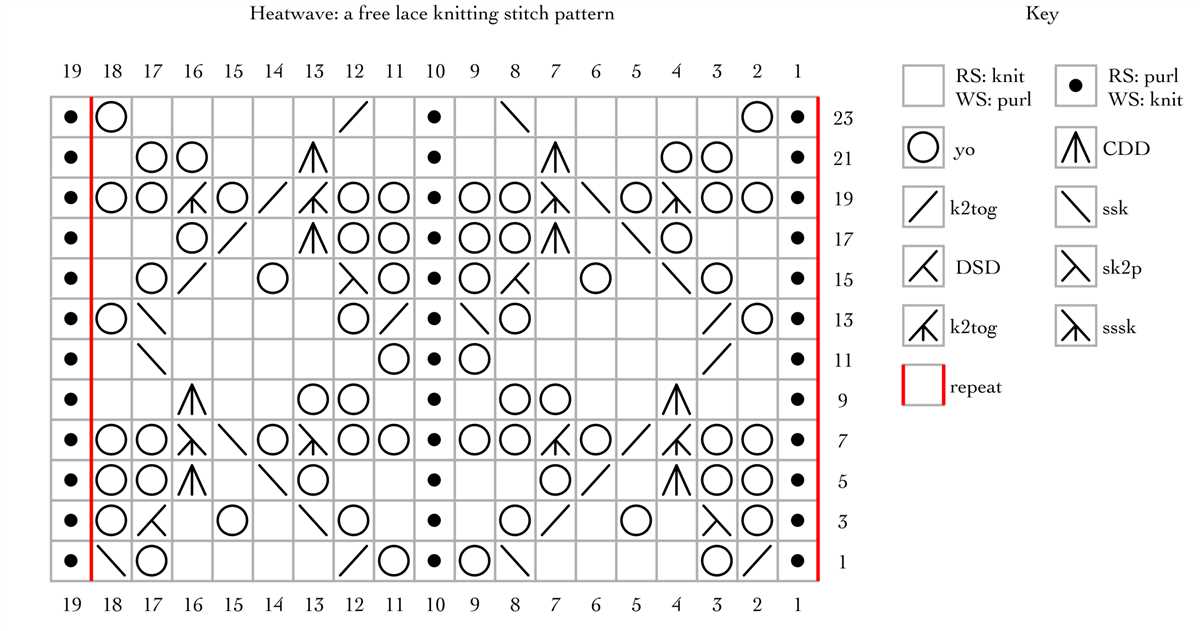
Knitting patterns with texture can add depth and visual interest to your projects. Whether you’re knitting a scarf, sweater, or hat, incorporating textured stitches can create a unique and eye-catching design. If you have an even number of stitches to work with, there are a variety of stitch patterns you can utilize.
One popular textured stitch pattern for even numbers of stitches is the seed stitch. This pattern alternates between knit and purl stitches to create a raised, bumpy texture. By knitting one stitch, purling the next, and repeating this pattern across each row, you can create a beautiful and versatile texture. The seed stitch works well for a wide range of projects and is especially great for adding texture to scarves and blankets.
Another option for adding texture to your knitting is the moss stitch. This stitch pattern, also known as the double seed stitch, alternates between knitting two stitches and purling two stitches. By repeating this pattern across each row, you can create a textured fabric with a subtle, woven look. The moss stitch is ideal for projects such as dishcloths, headbands, and baby blankets.
If you’re looking for a more intricate textured pattern, the basketweave stitch is a great option. This stitch pattern involves knitting a block of knit stitches, followed by a block of purl stitches, and repeating this pattern across each row. By alternating the blocks, you can create a woven texture reminiscent of a basket. The basketweave stitch is perfect for projects like scarves, blankets, and cardigans.
When working with an even number of stitches, exploring different textured stitch patterns can transform your knitting projects and take them to the next level. Whether you choose the seed stitch, moss stitch, or basketweave stitch, incorporating texture will add dimension and visual interest to your finished piece.
Knitting patterns with alternating stitch patterns for even number of stitches
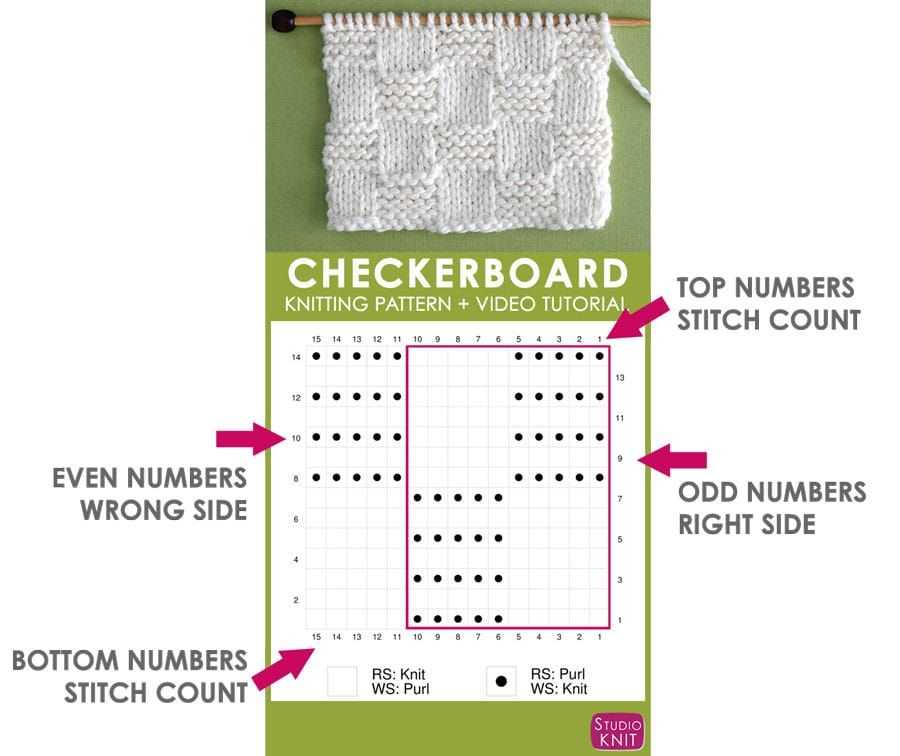
Knitting patterns that involve alternating stitch patterns can add visual interest and texture to your projects. These patterns are a great way to create unique and eye-catching designs. When working with an even number of stitches, there are several alternating stitch patterns to choose from.
Ribbing: Ribbing is a classic stitch pattern that creates a stretchy and elastic fabric. To create ribbing, you alternate knit and purl stitches in a specific pattern, such as knitting two stitches and purling two stitches. This creates a raised, ribbed texture that is commonly used for cuffs, collars, and hems.
Moss Stitch: Moss stitch is another popular stitch pattern that alternates between knit and purl stitches. It creates a textured fabric with a bumpy, moss-like appearance. In a moss stitch pattern, you alternate knitting one stitch and purling one stitch across the row. On the following row, you knit the purl stitches and purl the knit stitches. This creates a staggered pattern of knits and purls.
Seed Stitch: Seed stitch is similar to moss stitch but creates a denser texture. To create seed stitch, you alternate knit and purl stitches within the same row, rather than across rows like moss stitch. For example, you may knit one stitch, purl one stitch, and repeat this pattern across the row. On the following row, you knit the purl stitches and purl the knit stitches. This creates a textured fabric with a seed-like appearance.
These are just a few examples of alternating stitch patterns that can be used with an even number of stitches. Experiment with different stitch patterns and combinations to create your own unique designs. Whether you’re knitting a scarf, hat, or sweater, alternating stitch patterns can add depth and visual interest to your knitting projects.
Knitting patterns for specific garments using even number of stitches
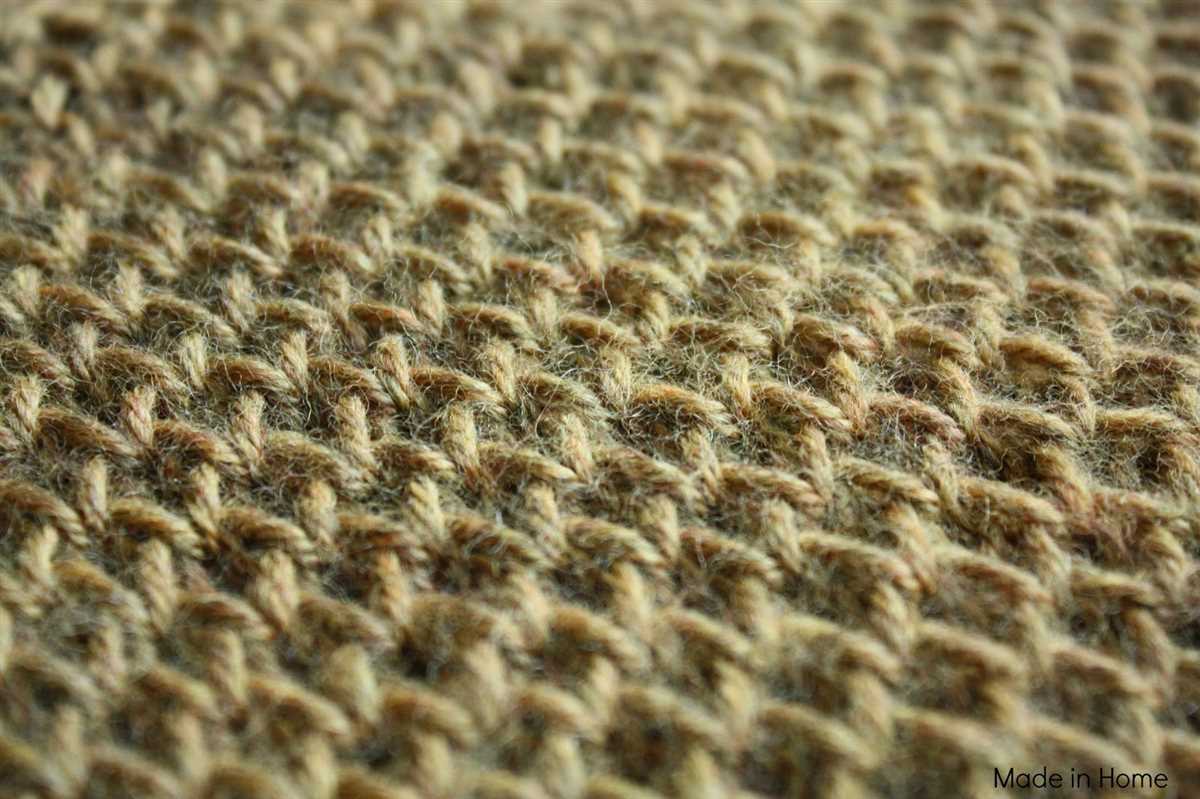
When it comes to knitting garments, using an even number of stitches can provide a balanced and symmetrical look. Whether you’re knitting a sweater, a shawl, or a pair of socks, having an even number of stitches can help create a visually pleasing design.
One popular knitting pattern for a sweater using an even number of stitches is the classic stockinette stitch. This pattern is created by alternating knit and purl rows, resulting in a smooth and even texture. The even number of stitches ensures that the pattern remains symmetrical and balanced.
- Another garment that can be knitted using an even number of stitches is a shawl. One popular pattern is the garter stitch, which involves knitting every row. By using an even number of stitches, the shawl can have a neat and uniform appearance.
- A pair of socks can also be knitted using an even number of stitches. The rib stitch pattern is a common choice for socks, as it provides a stretchy and comfortable fit. By using an even number of stitches, the rib pattern can be easily maintained.
- For a more intricate design, an even number of stitches can be used to create lace patterns in a garment. By following a lace knitting pattern, you can create beautiful and delicate patterns using an even number of stitches.
No matter what kind of garment you’re knitting, using an even number of stitches can help create a balanced and symmetrical look. Experiment with different knitting patterns and techniques to find the perfect design for your next project.
Advanced knitting techniques with even number of stitches
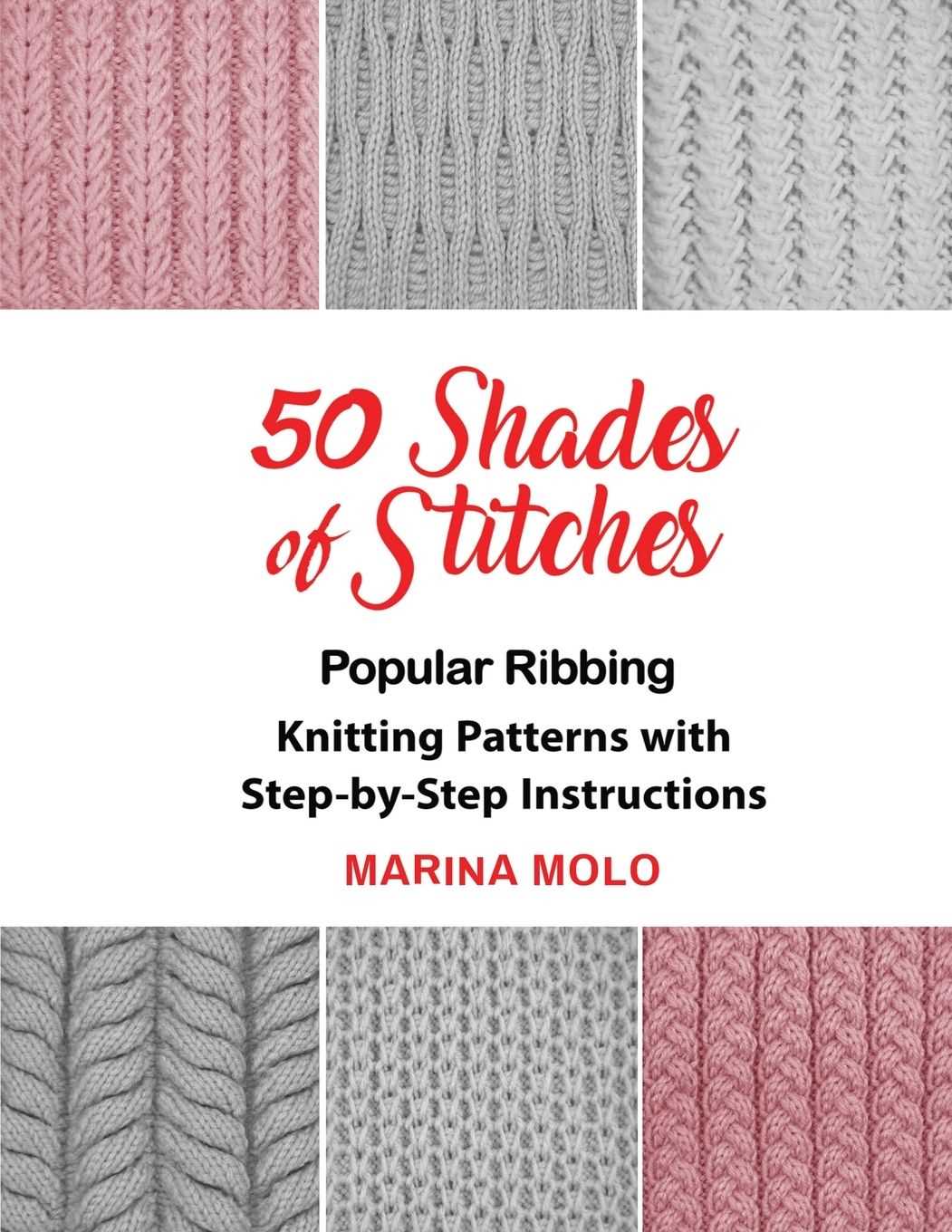
In addition to the basic knitting patterns for even number of stitches, there are several advanced techniques that you can explore to further enhance your knitting skills. These techniques can be used to create intricate and detailed designs, adding an extra level of complexity and sophistication to your knitted projects.
Here are some advanced knitting techniques you can try with an even number of stitches:
Lace knitting:
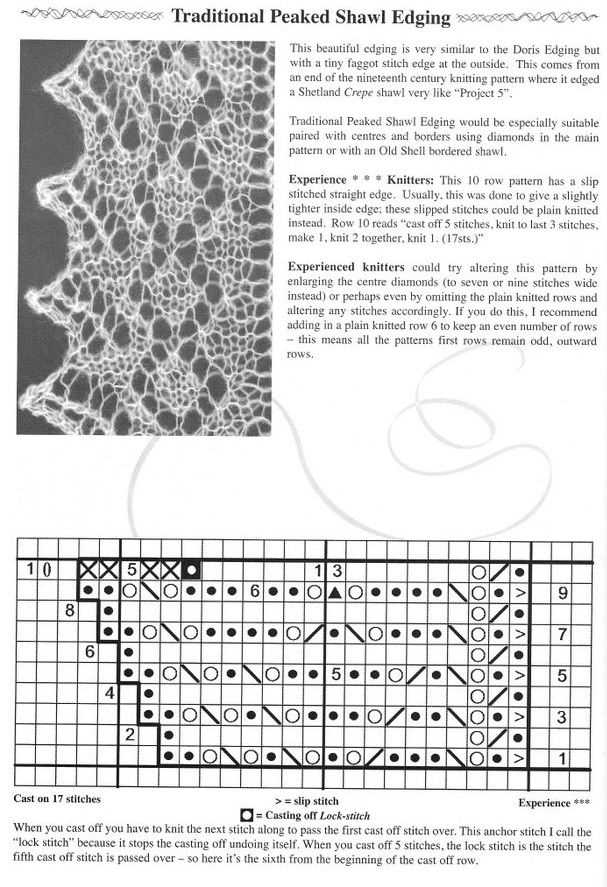
Lace knitting involves creating patterns with holes or eyelets, giving your knitted fabric a delicate and airy look. With an even number of stitches, you can work lace patterns that require symmetry. Lace knitting often involves yarn overs, decreases, and increases to create the intricate patterns. It is important to keep track of your stitch count and pay attention to the pattern instructions to create a beautiful lace design.
Twisted stitches:
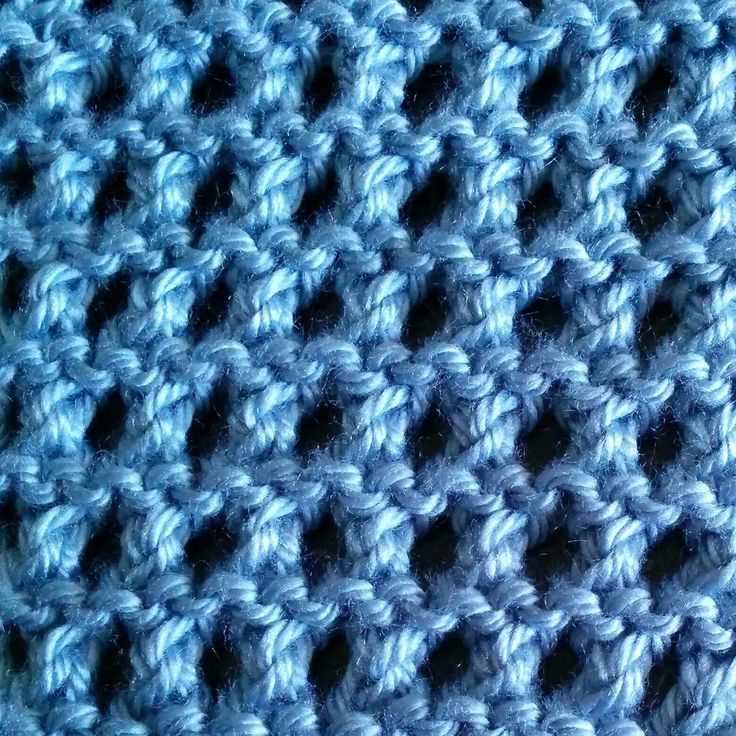
Twisted stitches are created by knitting into the back loop of the stitch instead of the front loop. This creates a twisted effect, adding texture and depth to your knitting. With an even number of stitches, you can incorporate twisted stitches to create intricate cables or twisted ribbing. Twisted stitches can be combined with other knitting techniques to create unique and visually appealing designs.
Brioche stitch:
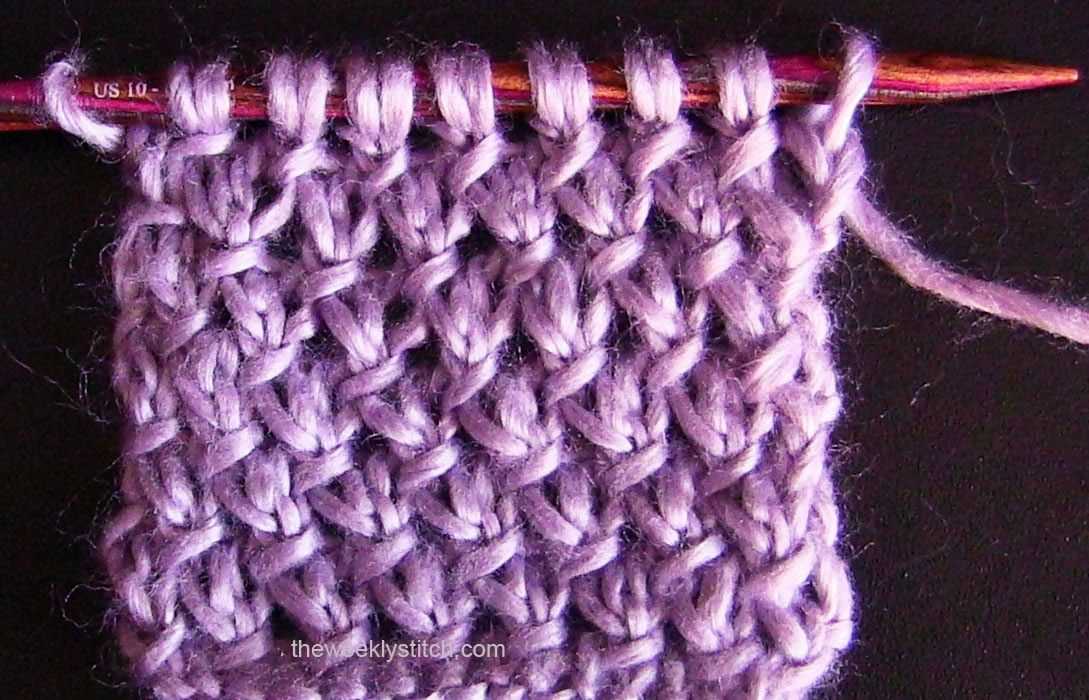
Brioche stitch is a textured stitch that creates a reversible fabric with a squishy and highly elastic feel. It involves working yarn overs and slipped stitches, and knitting together stitches in different rows. With an even number of stitches, you can create brioche patterns that showcase the characteristic ribbed texture of this stitch. Brioche stitch can be challenging to master, but the results are worth the effort.
These advanced knitting techniques allow you to push the boundaries of your knitting skills and create stunning projects with an even number of stitches. Experimenting with these techniques will not only expand your knitting repertoire but also add a touch of elegance and uniqueness to your knitted items.